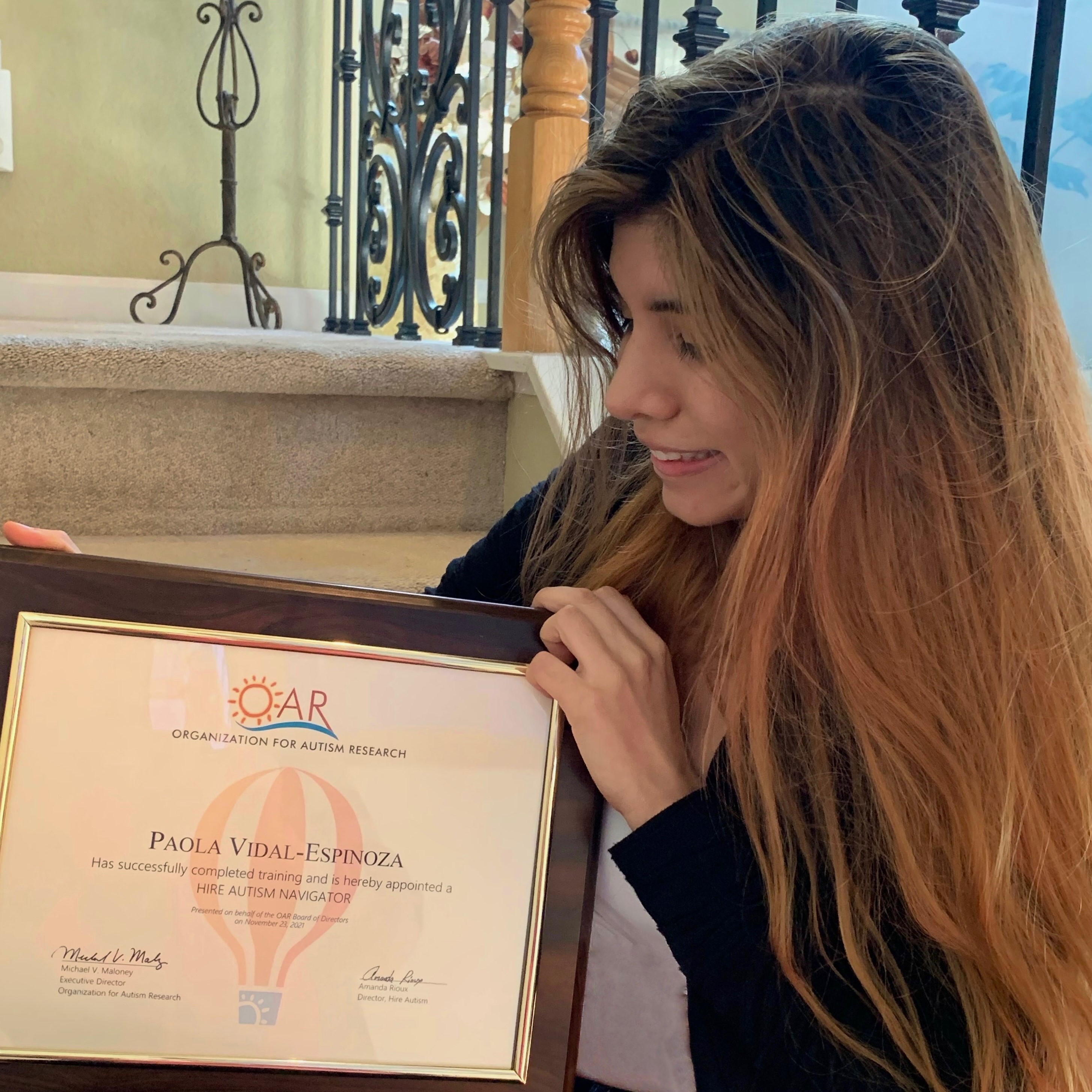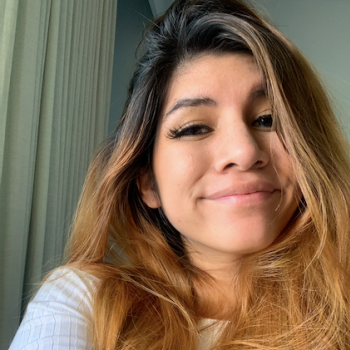Recognizing the Employment Gap for Individuals with Disabilities
Notes by the author: People-first language was used throughout this piece. There is also identity-first language that is used because disability is an integral and central part of one’s identity. There is still some preference by members of the community for people-first language. Therefore, I included both for this piece.
My name is Paola Vidal-Espinoza. I am a Pediatric Coordinator serving at San Francisco’s Department of Public Health (SFDPH). Prior to joining NHC, I was part of the UC Davis Best Buddies Chapter, which is another organization aimed at ending the social, physical, and economic isolation for individuals with disabilities, for 4.5 years. In addition to my service at SFDPH, I volunteer with the Organization for Autism Research.

To date, the rate of employment for people with disabilities has been declining, with sources noting a decrease from 19.3% in 2019 to 17.9% in 2020. Conversely, people without disabilities have an employment rate at 61.8%, indicating a stark difference in employment rates between people with and without disabilities. Wanting to help bridge this gap, I became an Autism Navigator for the Organization for Autism Research (OAR), an organization dedicated to conducting research examining challenges that autistic individuals and their families face every day.
Since its inception, OAR has helped more than 500 job-seekers and has even launched the Synchrony Tech Careers scholarship with Hire Autism. This is one of many efforts to increase disability representation and visibility in workspaces.
The COVID-19 pandemic continues to exacerbate these employment rates, as recognized by the president of the National Organization on Disability (NOD), Carol Glazer. In particular, “people with disabilities have been disproportionately affected by the coronavirus and its economic consequences,” which can have devastating impacts on their quality of life and health.
As an Autism Navigator, I am paired with a job-seeker to support them in their journey to finding jobs that meet their needs. I support job-seekers by having work sessions with them, leaving detailed comments on their resumes, and conducting mock interviews. In addition, I work with clients to establish goals together that align well with their pre-existing skills and passions, empowering them to recognize how their past experiences can give them a unique insight into the field they wish to pursue. I am grateful for the opportunity to help individuals strengthen their voice and talents to the jobs to which they are applying to.
Alleviating the barriers that individuals with disabilities experience must be centered and prioritized to allow for equal opportunity in applying and maintaining employment. Volunteering with an organization like OAR has helped me understand how critical it is to continue supporting individuals with disabilities and advocate for inclusion and accessibility in our ableist society.
